Table of content
Kiwifruit, often referred to as kiwi, is a small, fuzzy fruit renowned for its vibrant green flesh and tropical sweetness. Native to China but commercially cultivated in countries like New Zealand, Italy, and Chile, this nutrient-packed fruit has become a global favorite. However, one common challenge consumers face is determining the optimal time to ripen kiwifruit to achieve the perfect balance of sweetness and texture. This article delves into the factors influencing kiwifruit ripening, provides step-by-step guidance on accelerating the process, and explores the science behind this fascinating natural phenomenon.
Understanding Kiwifruit Ripening Basics
Kiwifruit, scientifically classified as Actinidia deliciosa, is a climacteric fruit, meaning it continues to ripen after being harvested. Unlike non-climacteric fruits such as strawberries or grapes, which stop ripening once picked, kiwifruit undergoes biochemical changes post-harvest that soften its flesh and enhance its flavor. The ripening process is primarily driven by ethylene, a naturally occurring plant hormone. Ethylene triggers the conversion of starches into sugars, breaks down cell walls to soften the fruit, and reduces astringency.
The time it takes for kiwifruit to ripen depends on several variables, including the fruit’s maturity at harvest, storage temperature, and exposure to ethylene. A commercially harvested kiwifruit is typically picked while still firm to withstand transportation and storage. At this stage, the fruit’s flesh is hard, and its flavor is tart. With proper ripening conditions, it can transform into a juicy, aromatic treat within days.
Factors Influencing Ripening Time
Storage Temperature
Temperature plays a pivotal role in regulating the ripening speed. Kiwifruit ripens fastest at room temperature (65–70°F or 18–21°C). At lower temperatures, such as those found in refrigerators (32–41°F or 0–5°C), the process slows dramatically. Conversely, higher temperatures can accelerate ripening but may also lead to overripening or spoilage.
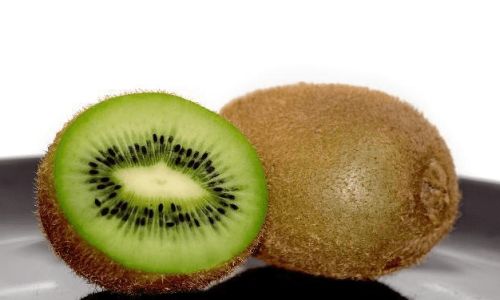
Ethylene Exposure
As an ethylene-sensitive fruit, kiwifruit benefits from proximity to ethylene-producing fruits like apples, bananas, or avocados. Placing kiwifruit in a paper bag with one of these fruits traps ethylene gas, creating a concentrated environment that speeds up ripening. This method can reduce the ripening time by 1–3 days compared to leaving the fruit exposed.
Initial Maturity
Fruits harvested later in the season, when they are closer to physiological maturity, tend to ripen faster than those picked earlier. However, commercial growers often balance maturity with shelf-life considerations, as overly ripe fruit at harvest may not survive shipping.
Humidity Levels
Moderate humidity (80–90%) helps prevent moisture loss during ripening, ensuring the fruit softens evenly without shriveling. Dry environments can dehydrate the fruit, leading to uneven texture and flavor.
Step-by-Step Guide to Ripening Kiwifruit
Method 1: The Paper Bag Technique
- Select Firm Fruit: Choose kiwifruit that is unblemished, firm, and free of wrinkles.
- Place in a Bag: Add 1–2 kiwifruit to a brown paper bag. Include an apple or banana to boost ethylene production.
- Fold the Bag: Seal the bag loosely to trap ethylene while allowing some airflow.
- Store at Room Temperature: Keep the bag in a cool, dark area away from direct sunlight.
- Check Daily: Gently press the fruit near the stem end. Ripe kiwifruit will yield slightly to pressure.
Timeline: Expect ripeness in 2–5 days, depending on initial firmness.
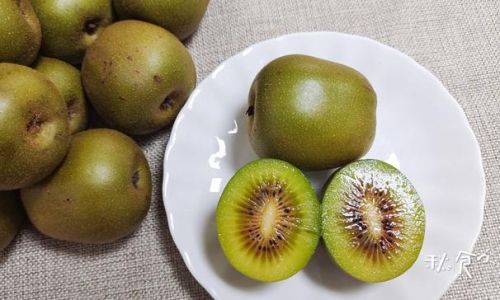
Method 2: Rice or Oatmeal Trick
- Burial Technique: Submerge kiwifruit in a container filled with uncooked rice or oatmeal.
- Ethylene Trap: The grains absorb excess moisture while concentrating ethylene around the fruit.
- Monitor Progress: Check daily and remove once the fruit softens.
Timeline: Similar to the paper bag method, but may slightly reduce ripening time due to enhanced moisture retention.
Method 3: Countertop Ripening
- Arrange Fruit: Place kiwifruit in a single layer on a countertop or in a fruit bowl.
- Avoid Direct Sunlight: Exposure to heat can accelerate ripening unevenly.
- Rotate Occasionally: Ensure even airflow around each fruit.
Timeline: Typically takes 3–7 days, depending on ambient temperature.
How to Test for Ripeness
- Visual Cues: Ripe kiwifruit has a consistent, dull brown hue. Avoid fruit with bruises or mold.
- Texture Check: Gently press the skin near the stem. If it yields to slight pressure, it’s ready. Overripe fruit will feel mushy.
- Aroma Test: Ripe kiwifruit emits a faint, sweet fragrance. Underripe fruit has little scent.
Common Mistakes to Avoid
- Refrigerating Too Early: Cold temperatures halt ripening. Only refrigerate kiwifruit once it’s fully ripe.
- Overcrowding: Storing too many fruits in one bag can create excess moisture, leading to mold.
- Ignoring Ethylene Sources: Forgetting to add an ethylene-producing fruit can double ripening time.
- Using Plastic Bags: Non-breathable plastic traps moisture, increasing the risk of spoilage.
The Science Behind Ethylene and Ripening
Ethylene is a gaseous hormone that regulates various developmental processes in plants, including ripening. When kiwifruit is harvested, its cells contain starch and acidic compounds. Ethylene activates enzymes like amylase and polygalacturonase, which break down starch into sugars and dissolve pectin (the substance that gives fruit its firmness). This results in softer flesh, higher sugar content, and a shift from tart to sweet flavor.
Interestingly, kiwifruit is also sensitive to external ethylene. Even trace amounts from nearby fruits or artificial ethylene generators (used commercially) can trigger ripening. This sensitivity makes it a versatile candidate for accelerated ripening techniques.
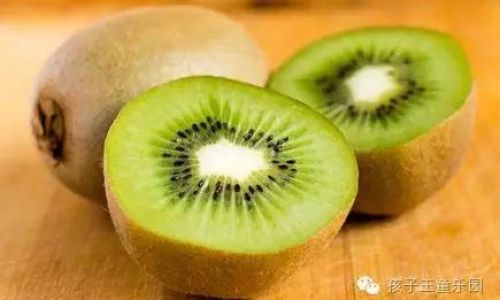
Post-Ripening Storage
Once ripe, kiwifruit can be stored in the refrigerator to extend its shelf life by 5–7 days. Place the fruit in a plastic bag or container to prevent moisture loss. Avoid washing until ready to eat, as excess moisture promotes spoilage.
Nutritional Benefits and Culinary Uses
Ripe kiwifruit is a nutritional powerhouse, packed with vitamin C, vitamin K, dietary fiber, and antioxidants. Its tropical flavor pairs well with salads, smoothies, yogurt, and desserts. For culinary applications:
- Sliced: Add to breakfast bowls or desserts.
- Blended: Use in smoothies for a creamy texture.
- Baked: Incorporate into muffins or bread recipes.
Varietal Differences in Ripening
While green kiwifruit (Actinidia deliciosa) is the most common variety, gold kiwifruit (Actinidia chinensis) has gained popularity for its smoother skin and sweeter taste. Gold varieties often ripen slightly faster and have a thinner skin, requiring careful handling to avoid bruising.
Conclusion
Mastering the art of ripening kiwifruit involves balancing temperature, ethylene exposure, and patience. By understanding the science behind this process, consumers can transform firm, unappealing fruit into a delectable treat. Whether using a paper bag, rice, or simple countertop storage, the key lies in monitoring ripeness daily and avoiding common pitfalls like premature refrigeration. With proper care, kiwifruit rewards with a burst of flavor and nutrients, making it a worthy addition to any kitchen.
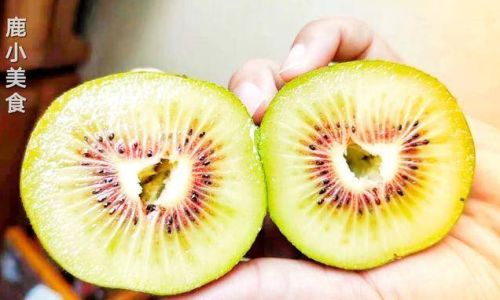
Final Tip: For a steady supply, ripen a few fruits at a time. This ensures you always have perfectly textured kiwifruit while minimizing waste. Experiment with different methods to find the one that suits your lifestyle best—after all, the joy of kiwifruit lies not just in its taste but also in the anticipation of its transformation.
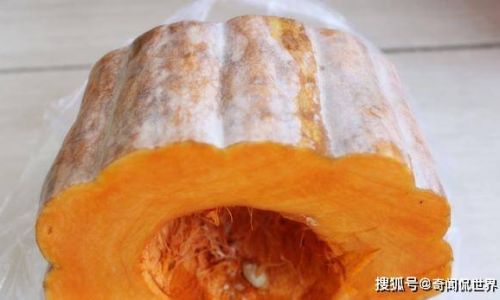
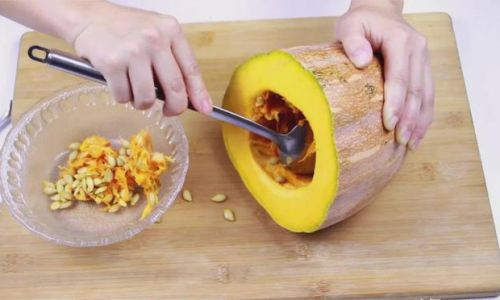
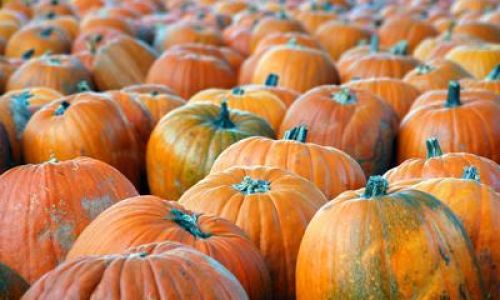
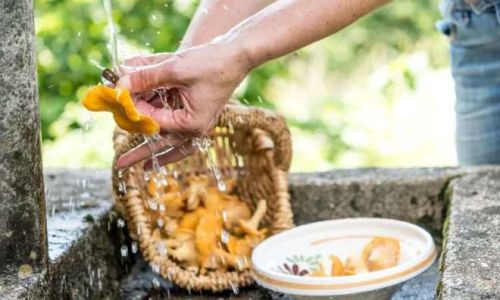
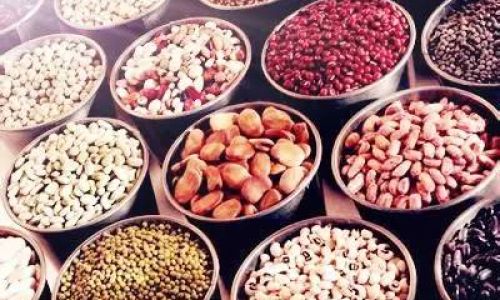
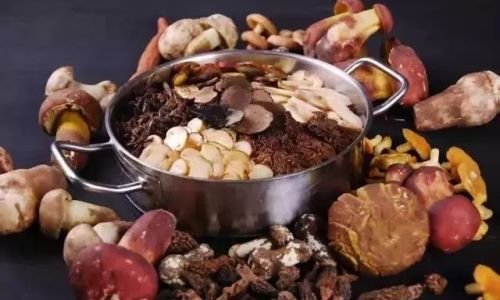
0 comments